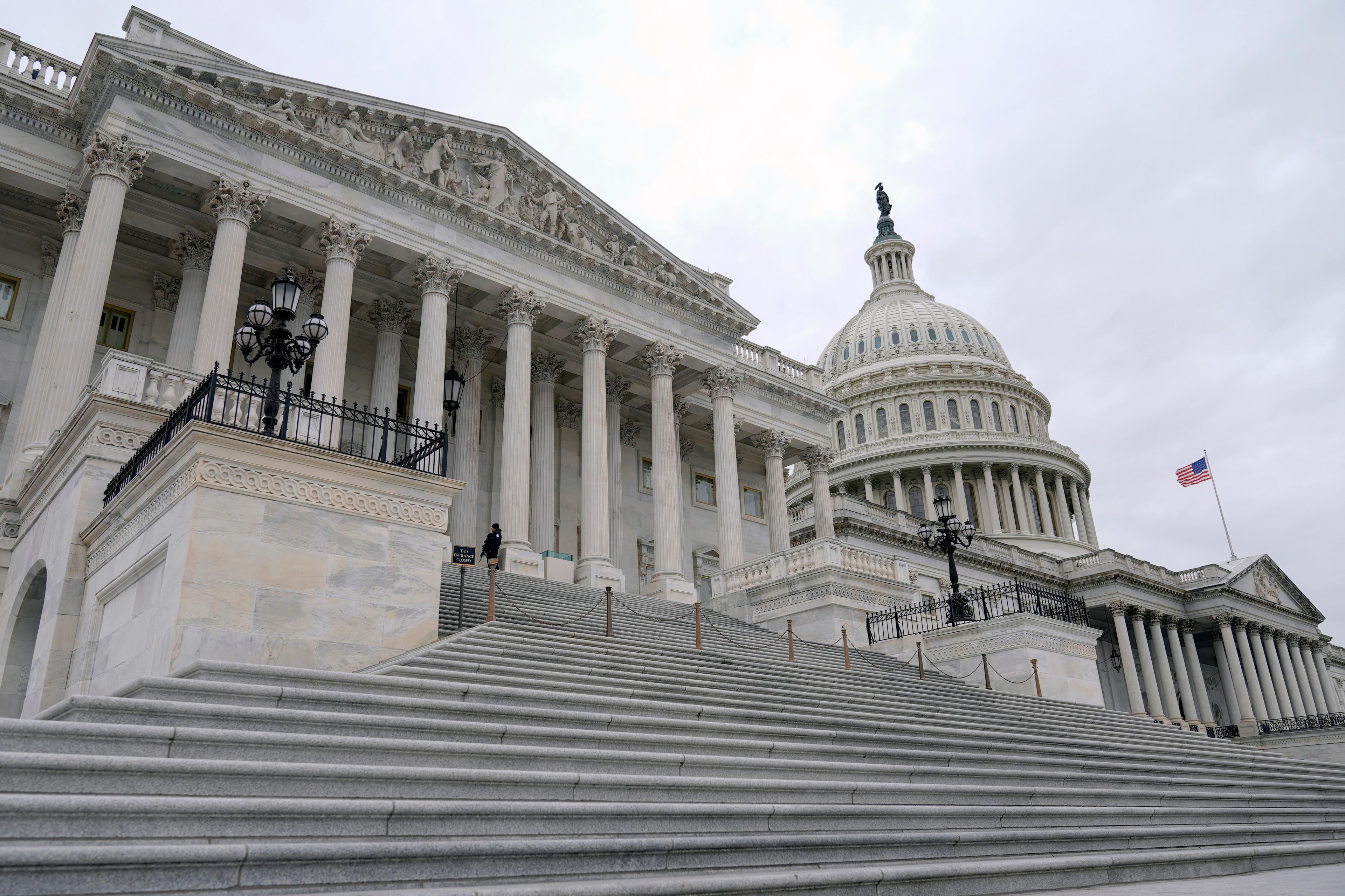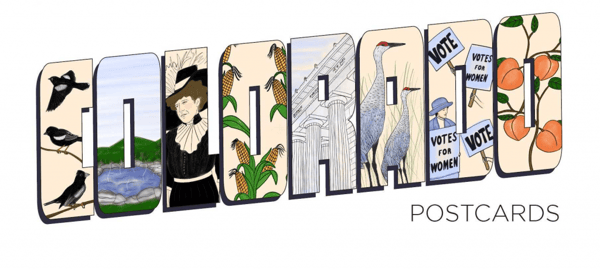A new study says when the Trump administration shrank Grand Staircase Escalante National Monument in Utah late last year, it may have endangered scores of native bee species.
The study reports there are almost as many species of native bees living in Grand Staircase as in the entire eastern United States -- 660 in total. Most native bees don’t live in colonies or make honey, but they are important pollinators.
Joseph Wilson, a biology professor at Utah State University and co-author of the study, said the new boundaries mean a number of those bee species now live on unprotected land, and they’re vulnerable to increased development like mining.
“Mining,” he said, “brings with it other things that we know can have negative impact—like more roads or more disturbance, removing ground cover, removing vegetation or other things like that.”
Wilson said we should care because, as pollinators, bees are one of the most important animals in the world, and they are already vulnerable right now because of climate change.
The big takeaway from the study, Wilson said, “is that there’s a lot we still don’t know about this hot spot of bee diversity. So as changes are being made, land managers need to take into consideration these bee populations because it seems they’ve just mostly been overlooked.”
This story was produced by the Mountain West News Bureau, a collaboration between Wyoming Public Media, Boise State Public Radio in Idaho, KUER in Salt Lake City and KRCC and KUNC in Colorado.









